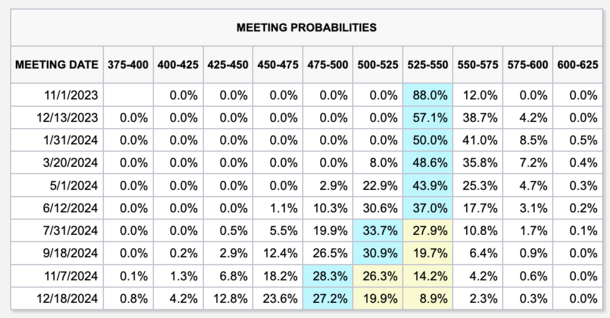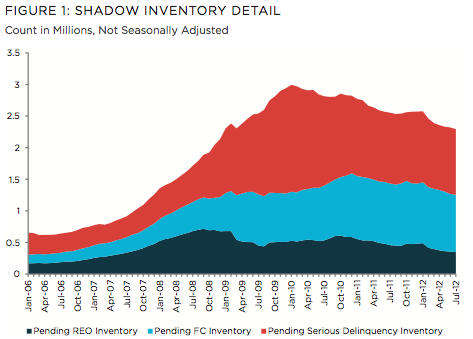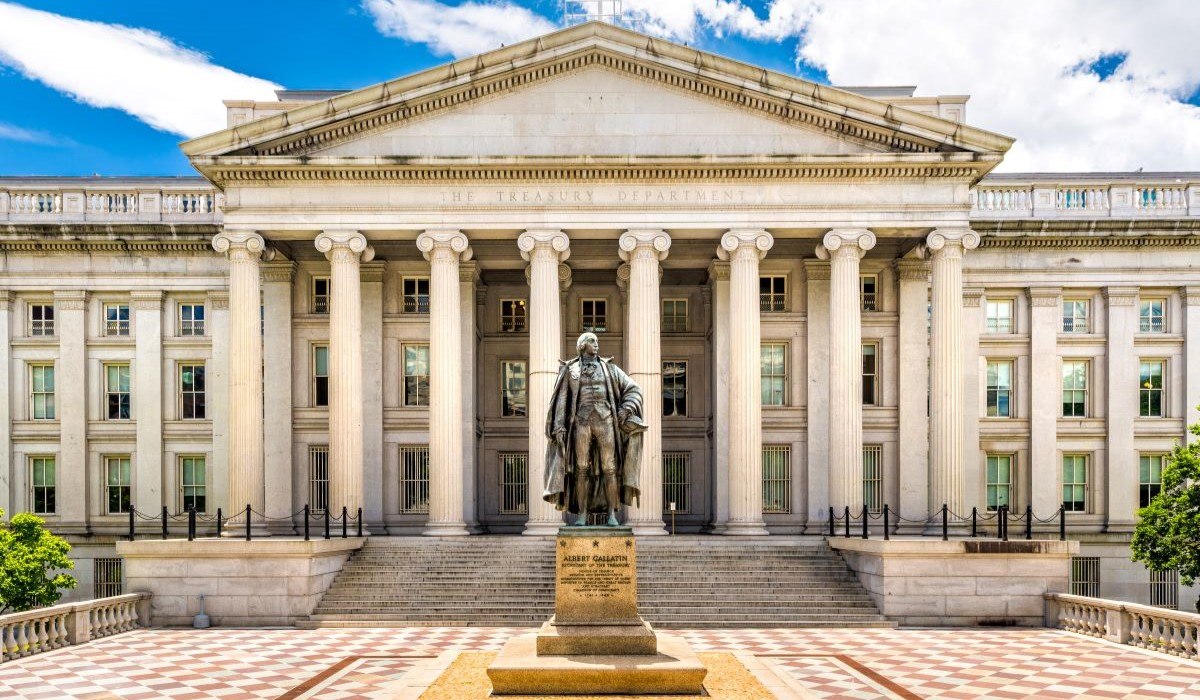
A flexible expense is a non-essential item in your budget. Because it’s not a must-have, you can change the expense in question to help save money. For example, while the newest smartphone (with all kinds of amazing camera functions) might be enticing, purchasing it could add strain to your budget. Instead, you could continue using the phone you bought last year and not increase that expense. In this way, managing flexible expenses can be key to making a budget that helps you reach your financial goals.
Flexible expenses span many categories, from dining out to travel to self-care. These expenses are negotiable, meaning you can save money by reducing or changing how often you spend on these items and services.
Here’s how to distinguish flexible expenses from inflexible expenses and how to reduce your monthly costs on them.
What Is a Flexible Expense?
The definition of a flexible expense is an item in your budget that you can modify or adjust as needed. These are different from necessities with fixed costs, such as rent and health insurance.
In addition, it’s worth noting that a fluctuating bill is not necessarily a flexible expense. For instance, while you might turn the thermostat down a degree or two to be thrifty or the price of fuel might shift, heating your home during cold months isn’t a negotiable expense.
Flexible expenses are those you change to make room in your budget. These may at times be commonly forgotten monthly expenses, such as buying birthday gifts or loading up on toys for your pet, but they aren’t essential for life.
Therefore, you can change them if you want. Perhaps you realize something (boredom? FOMO?) has been a cause of overspending in a specific area, or maybe you want to start saving money for a financial goal, like the down payment on a house.
Flexible Expense Examples
Flexible expenses are daily or monthly expenses you can change or eliminate. Here are examples of items in your budget that have wiggle room:
• Vacations. You might decide against saving for a vacation in Mexico and instead have a staycation to free up some funds.
• Beauty treatments. Having your hair or nails done is an expense you could eliminate or pay for less frequently.
• Electronics. A new phone or tablet can be a nice upgrade, but, if the one you bought three years ago is in working order, replacing it is a flexible expense.
• Food. This is a good example of an expense that can be either a flexible or inflexible expense. Everyone has to eat, that’s a fact. But planning meals and saving money on groceries when you shop are examples of how you might manage the inflexible cost of feeding yourself. There is a range of how much you might pay, but you will have to pay something.
However, when it comes to how often you eat out, get fancy lattes on the go, and meet friends for drinks, those are flexible expenses you can cut (even entirely) to save money. Those expenses are likely to vary too; for instance, you might dine out more around holidays.
• Entertainment. How much you spend on streaming services and cable television isn’t a necessary expense. It’s a flexible one. Yes, this kind of entertainment can be fun and relaxing, but you could cut cable or limit yourself to one or two streaming services.
Ready for a Better Banking Experience?
Open a SoFi Checking and Savings Account and start earning up to 4.50% APY on your cash!
Recommended: 30 Fun and Affordable Hobbies
Flexible Expenses vs Inflexible Expenses
When you make a budget, inflexible expenses are the ones that are permanent and vital to daily life. For example, your mortgage, credit card minimum payments, and car loan costs are inflexible expenses. But, of course, they are flexible at a certain point. For instance, you could refinance your home to lower your mortgage payment or pay off a debt to get rid of it.
However, these require significant financial shifts and are more challenging to adjust to than your flexible expenses. As mentioned above, flexible expenses can reflect the wants vs. needs in life, or your discretionary spending. Flexible expenses can include dining out, deciding to upgrade your car or electronics, taking a vacation, purchasing gifts for others, paying to redecorate your home, joining a gym or yoga studio, and the like.
These are things many of us spend money on, but how much you spend and how often is under your control.
Flexible Expense Budgeting
Taking control of your flexible expenses can mean making a budget to manage your money and prevent overspending. One approach to take is the 50/30/20 budget rule. This popular system involves designating 50% of your income for essentials, such as housing and transportation, 30% for nonessential expenses, and saving the remaining 20%. Your flexible expenses will go into the 30% portion of the budget.
For example, say your monthly take-home pay is $5,000. Half your income ($2,500) goes towards your needs, and 30% ($1,500) is for flexible expenses. The remaining $1,000 gets put towards savings. So, your job is to make your non-essential expenses fit into the $1,500 portion of your budget.
That said, the 50/30/20 rule might not work for you, especially if more than half your income goes toward essentials. Not to worry: You can approach flexible expenses from another angle. Instead, you can take your bank and credit card statements from the past three months, identify the flexible expenses, and decide which ones you can cut from your budget or reduce. For instance, you might realize you’re spending $75 at coffee shops every month and decide to make your own coffee every morning.
Where Flexible Expenses Should Be Funded From
You can pay for flexible expenses by opening a checking account and using funds in it for those charges. For instance, you might have your cable bill linked to your bank account to make an automatic payment every month. You might tap a linked debit card when you shop for, say, some new shoes.
A credit card with rewards could also be a good way to pay for flexible expenses. Getting cash back on every purchase can be a good perk when paying for flexible expenses. For example, using specific credit cards for such major expenses as flights and hotels during a vacation can provide considerable rewards. However, you’ll want to be wary of carrying too much of a balance on your credit card since that’s typically high-interest debt that can be hard to pay off.
Also worth noting: If you have enough money in an emergency fund, that could be useful for specific flexible expenses, such as unexpected bills. Not things like taking a long weekend away, but perhaps paying for a car repair bill that you didn’t see coming.
Recommended: Reasons Why It’s So Hard to Save Money
The Takeaway
A flexible expense is one you can usually change at will to fit your budget or an expense that can pop up without warning. These irregular expenses usually reflect your spending habits, such as how often you’ve dined out or treated yourself to some new clothes or electronics. Recognizing and wrangling these flexible expenses can help you take control of your finances. Also, keeping some cash in an interest-bearing bank account can be one way to afford fluctuations in these expenses.
Interested in opening an online bank account? When you sign up for a SoFi Checking and Savings account with direct deposit, you’ll get a competitive annual percentage yield (APY), pay zero account fees, and enjoy an array of rewards, such as access to the Allpoint Network of 55,000+ fee-free ATMs globally. Qualifying accounts can even access their paycheck up to two days early.
Better banking is here with up to 4.50% APY on SoFi Checking and Savings.
FAQ
Is rent a flexible expense?
Because rent is a consistent monthly cost, it isn’t a flexible expense. This bill doesn’t fluctuate, and you’re usually only able to change it by moving somewhere else.
How do you budget for flexible expenses?
You can budget for flexible expenses with the 50/30/20 rule, where 50% of your income is for inflexible expenses and 30% of your income is for flexible expenses. The remaining 20% is for saving. This 30% provides a boundary in which you must fit paying for the nonessentials, like entertainment and travel.
What is an example of a flexible expense?
Flexible expense examples include a vacation and a meal out. Both are flexible expenses because they are nonessential expenses. You dictate the cost because you choose where you’ll go and what luxuries, treats, and events you’ll pay to partake in.
Do flexible expenses stay the same?
Flexible expenses regularly change based on your spending habits. For example, your choices regarding food and entertainment drive how much you’ll spend in these areas. You can change these habits weekly or monthly to adjust how much you’re spending, unlike rent or a car note.
Photo credit: iStock/Yumi mini
SoFi® Checking and Savings is offered through SoFi Bank, N.A. ©2023 SoFi Bank, N.A. All rights reserved. Member FDIC. Equal Housing Lender.
The SoFi Bank Debit Mastercard® is issued by SoFi Bank, N.A., pursuant to license by Mastercard International Incorporated and can be used everywhere Mastercard is accepted. Mastercard is a registered trademark, and the circles design is a trademark of Mastercard International Incorporated.
SoFi members with direct deposit activity can earn 4.50% annual percentage yield (APY) on savings balances (including Vaults) and 0.50% APY on checking balances. Direct Deposit means a deposit to an account holder’s SoFi Checking or Savings account, including payroll, pension, or government payments (e.g., Social Security), made by the account holder’s employer, payroll or benefits provider or government agency (“Direct Deposit”) via the Automated Clearing House (“ACH”) Network during a 30-day Evaluation Period (as defined below). Deposits that are not from an employer or government agency, including but not limited to check deposits, peer-to-peer transfers (e.g., transfers from PayPal, Venmo, etc.), merchant transactions (e.g., transactions from PayPal, Stripe, Square, etc.), and bank ACH funds transfers and wire transfers from external accounts, do not constitute Direct Deposit activity. There is no minimum Direct Deposit amount required to qualify for the stated interest rate.
SoFi members with Qualifying Deposits can earn 4.50% APY on savings balances (including Vaults) and 0.50% APY on checking balances. Qualifying Deposits means one or more deposits that, in the aggregate, are equal to or greater than $5,000 to an account holder’s SoFi Checking and Savings account (“Qualifying Deposits”) during a 30-day Evaluation Period (as defined below). Qualifying Deposits only include those deposits from the following eligible sources: (i) ACH transfers, (ii) inbound wire transfers, (iii) peer-to-peer transfers (i.e., external transfers from PayPal, Venmo, etc. and internal peer-to-peer transfers from a SoFi account belonging to another account holder), (iv) check deposits, (v) instant funding to your SoFi Bank Debit Card, (vi) push payments to your SoFi Bank Debit Card, and (vii) cash deposits. Qualifying Deposits do not include: (i) transfers between an account holder’s Checking account, Savings account, and/or Vaults; (ii) interest payments; (iii) bonuses issued by SoFi Bank or its affiliates; or (iv) credits, reversals, and refunds from SoFi Bank, N.A. (“SoFi Bank”) or from a merchant.
SoFi Bank shall, in its sole discretion, assess each account holder’s Direct Deposit activity and Qualifying Deposits throughout each 30-Day Evaluation Period to determine the applicability of rates and may request additional documentation for verification of eligibility. The 30-Day Evaluation Period refers to the “Start Date” and “End Date” set forth on the APY Details page of your account, which comprises a period of 30 calendar days (the “30-Day Evaluation Period”). You can access the APY Details page at any time by logging into your SoFi account on the SoFi mobile app or SoFi website and selecting either (i) Banking > Savings > Current APY or (ii) Banking > Checking > Current APY. Upon receiving a Direct Deposit or $5,000 in Qualifying Deposits to your account, you will begin earning 4.50% APY on savings balances (including Vaults) and 0.50% on checking balances on or before the following calendar day. You will continue to earn these APYs for (i) the remainder of the current 30-Day Evaluation Period and through the end of the subsequent 30-Day Evaluation Period and (ii) any following 30-day Evaluation Periods during which SoFi Bank determines you to have Direct Deposit activity or $5,000 in Qualifying Deposits without interruption.
SoFi Bank reserves the right to grant a grace period to account holders following a change in Direct Deposit activity or Qualifying Deposits activity before adjusting rates. If SoFi Bank grants you a grace period, the dates for such grace period will be reflected on the APY Details page of your account. If SoFi Bank determines that you did not have Direct Deposit activity or $5,000 in Qualifying Deposits during the current 30-day Evaluation Period and, if applicable, the grace period, then you will begin earning the rates earned by account holders without either Direct Deposit or Qualifying Deposits until you have Direct Deposit activity or $5,000 in Qualifying Deposits in a subsequent 30-Day Evaluation Period. For the avoidance of doubt, an account holder with both Direct Deposit activity and Qualifying Deposits will earn the rates earned by account holders with Direct Deposit.
Members without either Direct Deposit activity or Qualifying Deposits, as determined by SoFi Bank, during a 30-Day Evaluation Period and, if applicable, the grace period, will earn 1.20% APY on savings balances (including Vaults) and 0.50% APY on checking balances.
Interest rates are variable and subject to change at any time. These rates are current as of 8/9/2023. There is no minimum balance requirement. Additional information can be found at http://www.sofi.com/legal/banking-rate-sheet..
Financial Tips & Strategies: The tips provided on this website are of a general nature and do not take into account your specific objectives, financial situation, and needs. You should always consider their appropriateness given your own circumstances.
SOBK0223021
Source: sofi.com









